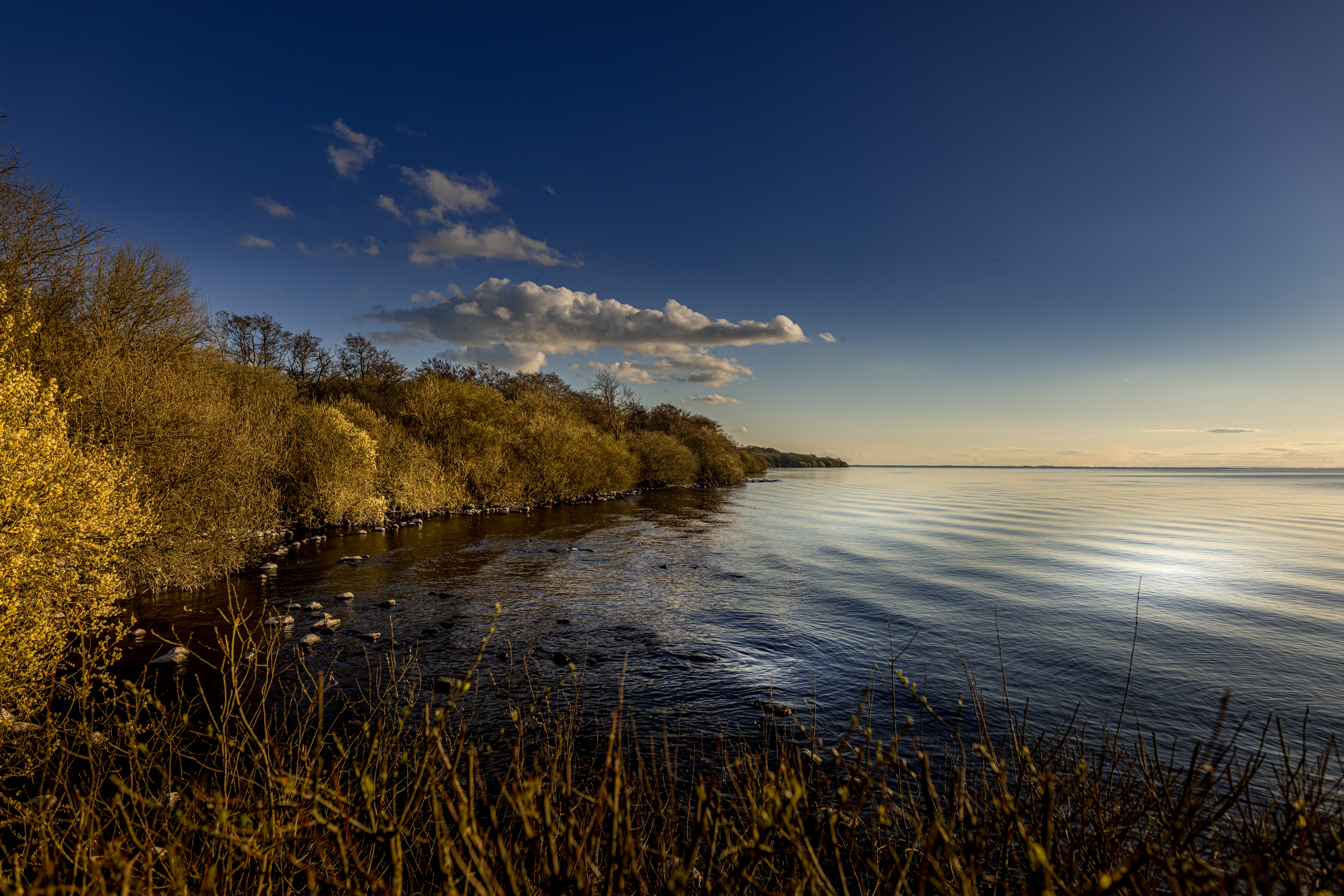
For queries on Blue Green Algae please contact the lead agency NIEA.
The public is urged to remain vigilant and take extra care with blue-green algae if visiting Lough Neagh during the summer. Blue-green algae can appear in the water column or along the shoreline. It can be harmful to humans and toxic to animals.
Raw water is drawn from Lough Neagh to supply our Dunore Point, Moyola, Forked Bridge and Castor Bay water treatment works. These works supply around 40% of the population of NI. This includes homes and business in locations across much of Northern Ireland such as Portadown, Antrim, parts of Belfast and parts of Newry.
Drinking water supplied from the water treatment works which use Lough Neagh as their raw water sources are designed with the potential for algae to be present and robust treatment processes are in place to manage this effectively. NI Water treatment works use an evidence based, multi-barrier treatment approach to ensure that water is safe to drink at the customer tap. This means that we gather evidence on raw water from Lough Neagh; this evidence can take the form of e.g. raw water colour, raw water algae and raw water cyanobacteria. We use this evidence to design, operate and optimise our treatment works, using appropriate treatment barriers such as filters, activated carbon and chlorine to produce good clean safe drinking water.
What is blue-green algae?
Blue-green algae is an overgrowth of a type of bacteria in a water body that could affect water quality and aquatic life. It can produce several toxins that may cause harm to people, animals, and the local environment. It can exist alongside many other forms of non-harmful algae.
Blooms can look green, blue-green, or greenish brown. Scums can form along shorelines and look like paint, mousse, or small clumps.
Only professional assessment can confirm if blue-green algae and toxins are present.
What should I do if I think blue-green algae is present?
The advice from DAERA is to stay away from the Lough if you think blue-green algae is present as direct contact can be harmful to people and animals. Further instruction is available in this DAERA fact sheet “Look out for Harmful Algal Blooms (daera-ni.gov.uk)”
Does Blue-green algae affect the taste of drinking water?
Blue-green algae (cyanobacteria), similar to other algae species can produce volatile organic compounds such as Geosmin and Methyl-Isoborneol (MIB). These organic compounds can give an earthy or musty smell and taste to water. Geosmin and MIB are also commonly found in soil and foods such as beetroot, spinach and mushrooms. They are naturally occurring and are not harmful to health. Geosmin and MIB can be detected by some people even at incredibly low concentrations, which means that even at concentrations of these compounds as low as 5 parts per trillion in drinking water, which is equivalent to 1 teaspoon in 200 Olympic swimming pools, can be detected by some people.
What causes Blue-green algae?
Blue-green algae is caused by the presence of high levels of nutrients in the Lough. Sunlight and increased temperatures can then trigger blooms.
High levels of nutrients in NI waterways stem from several sources:
- artificial fertilisers and slurry/manure derived from livestock that runs-off the land when it rains.
- the resulting water recycled to the lake when wastewater is collected from local communities and processed to standards set by NIEA within our wastewater treatment works.
- Sewage that is heavily diluted with rainwater that, by design and with approval of NIEA, will spill from storm overflows during periods of heavy rain to prevent the wastewater system becoming overwhelmed and cause properties to flood.
- discharges from privately-owned septic tanks and industrial treatment processes.
We are using modelling and monitoring to assess if we are creating an excess to the Lough from our treatment works and storm overflows.
Is it just Lough Neagh that is affected?
Potentially any inland or coastal waterway can be affected so people are urged to be vigilant and take extra care if they spot what may appear to be blue-green algae. Further information is available in this DAERA fact sheet Look out for Harmful Algal Blooms (daera-ni.gov.uk)
Who is responsible for Lough Neagh?
The Northern Ireland Environment Agency (NIEA) is responsible for the management of the water quality in the Lough and work being undertaken to reduce the risk for blue green algae blooms.
We (NI Water) are working with DAERA (Department of Agriculture, Environment and Rural Affairs) and NIEA (Northern Ireland Environment Agency) in the expectation that blooms will reoccur until nutrient levels are reduced.
Where does my water come from?
This information is available by clicking on the map below for information on water supply in that area.
Clicking Here and entering your postcode, will confirm the Water Quality Results for your area.